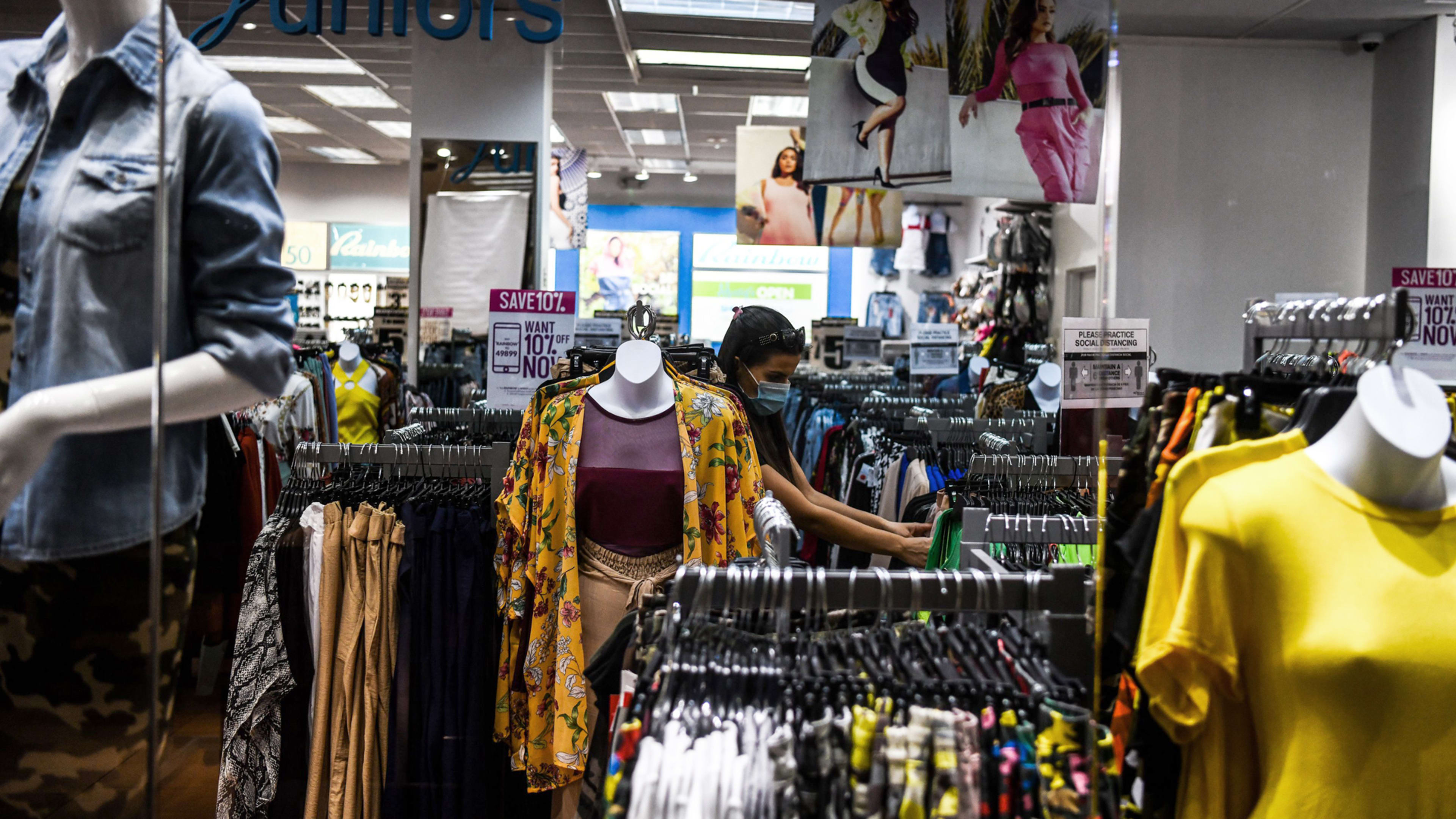When the Great Recession hit the U.S. in 2009, companies across industries came to a harsh realization. Years of researching, maneuvering, marketing, and investing to create the perfect customer products and services suddenly fell flat. The economy dramatically shifted consumer habits, with many focused on reducing spending amid the uncertainty of the economy, and a loss of trust in many institutions. Brands found that—almost overnight—they no longer knew their former customers as well as they previously thought. Technically, they’d never met.
It was a difficult thing for companies to accept. Imagine if a lifelong friend who you cultivated a loyal, mutually valuable relationship with transformed into a different person with new interests, habits, and trends. The shift can be seismic, as we’re seeing right now, and companies that don’t move quickly may fall behind–especially if the shift takes place at a time when retaining loyal customers is more important than ever.
Similar to the recession in 2009, customer needs and preferences are evolving at light speed as customers grapple with the impacts of the current situation.
It’s obvious by now that successful companies are rightly obsessed with customer needs. That’s why millions are spent on conventional segmentations and research, with a strong focus on staying in tune with their needs and preferences.
A recent study by Capgemini found that while 70% of consumers feel optimistic about recovery from the current outbreak over the next 12 months, nearly as many (65%) say they will be more mindful of their purchase habits once the pandemic is over. Fifty-nine percent of consumers worldwide said they had high levels of interaction with physical stores before the current crisis, but today, less than a quarter (24%) see themselves in that high-interaction category. In the next six to nine months, 39% of consumers expect a high level of interaction with physical stores–clearly below the pre-pandemic levels.
With many states reopening, companies need to quickly identify who their customers have become and how to fit into their new purchasing portfolios. Here are four steps they can take:
New research
Put your segmentation in a drawer, then lock the drawer. It’s time for people to ask bigger, broader questions about their lives, not just your products. Even in a remote environment, technology allows us to gather insight, and even test new ideas much faster than before. Remember: they are already in their homes, where you’re hoping your products will eventually be taken and used. That’s an advantage, not a problem.
New offerings
Accomodate customers’ changing patterns through rapid innovation–creating entirely new, relevant products and services. Coming out of 2009, I worked with a leading brokerage house that found that people simply weren’t behaving as they were “supposed to.” People within a well-researched segment didn’t trust brokers to make decisions, but they didn’t want DIY solutions either. They simply wanted a new way of investing and a different type of relationship with their brokerage. To their credit, rather than convincing customers that old habits were okay, we instead codeveloped an entirely new digital-first brokerage offer to keep these customers (and their billions in managed assets) in place.
Play offense
Don’t innovate for the short term–plan for the “messy middle,” which will operate between in-person, remote, and low-touch experiences (think curbside pickup). This period will obviously last longer, but it’s also an opportunity for your company to gain new muscles. Your loyalty program is too transactional; what can you do to create magic and true human loyalty with the data? How can “low touch” feel like efficiency and customization versus throwing a box of sneakers through a window? Is this an opportunity to aggressively develop a product or service to earn additional market share?
Prioritize safety
Customers will only return to physical stores if they feel safe, and believe they are gaining something they’re unable to get by simply shopping online. We recently surveyed 5,000 global consumers for their feelings on contactless experiences within stores: 77% said they would increase the use of touchless technologies to avoid physical interactions, with 70% saying they’d prefer to conduct payment transactions from their mobile devices; 59% even said they’d be comfortable using voice technology to avoid contact.
The 2009 recession taught brands some hard lessons about relearning and reengaging their customer bases, and some of the changes and impacts were long-lasting. The pandemic has created an unprecedented situation of its own, but companies that act quickly and proactively to take the necessary steps will increase their chances of hanging onto their loyal customers long-term and avoiding the enduring consequences of failing to do so.
Todd Rovak is Managing Director of Innovation & Strategy at Capgemini Invent and head of its innovation firm Fahrenheit 212. His teams create new products, services and business models for the world’s leading companies to drive sustainable, profitable growth.
Recognize your brand’s excellence by applying to this year’s Brands That Matter Awards before the early-rate deadline, May 3.
